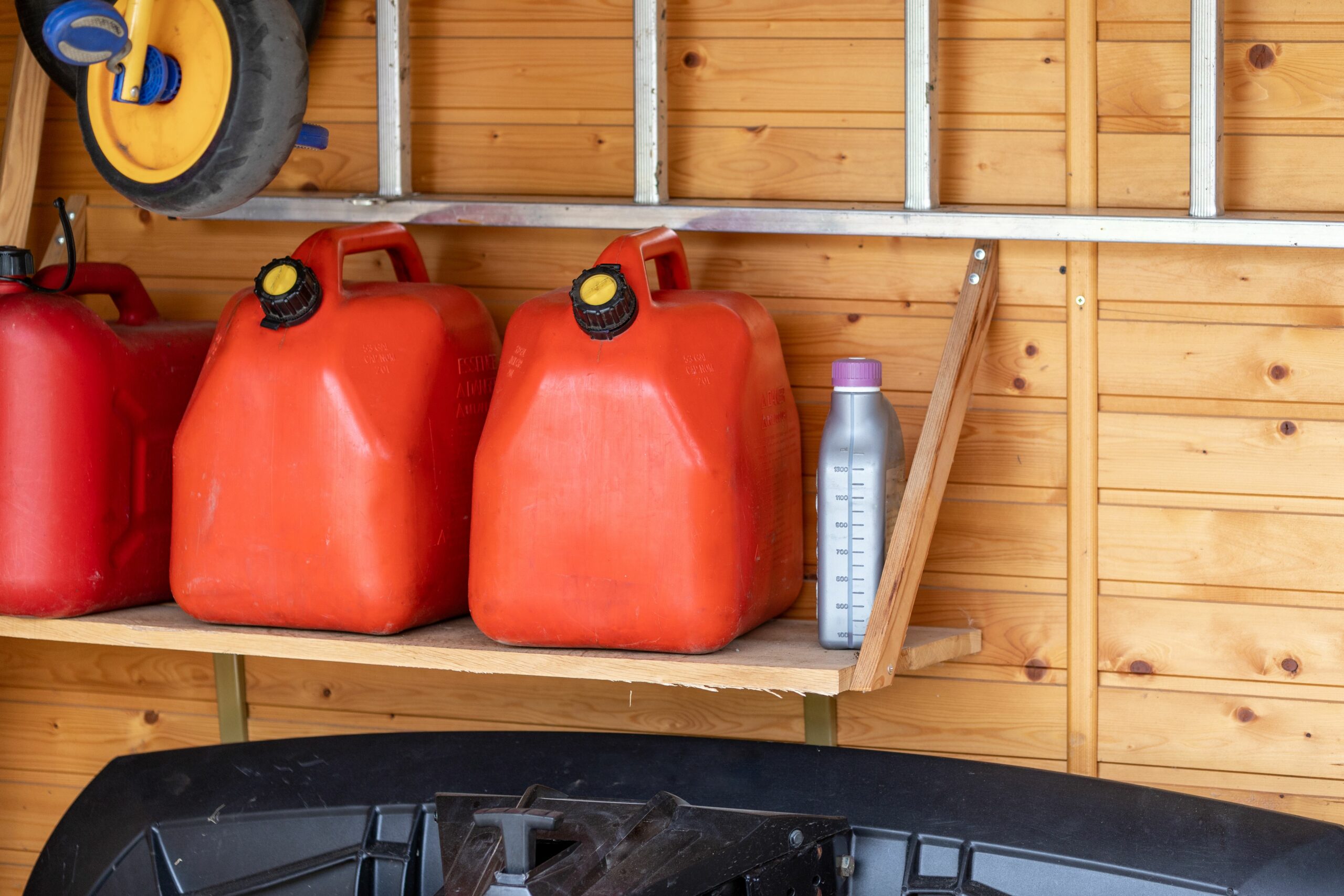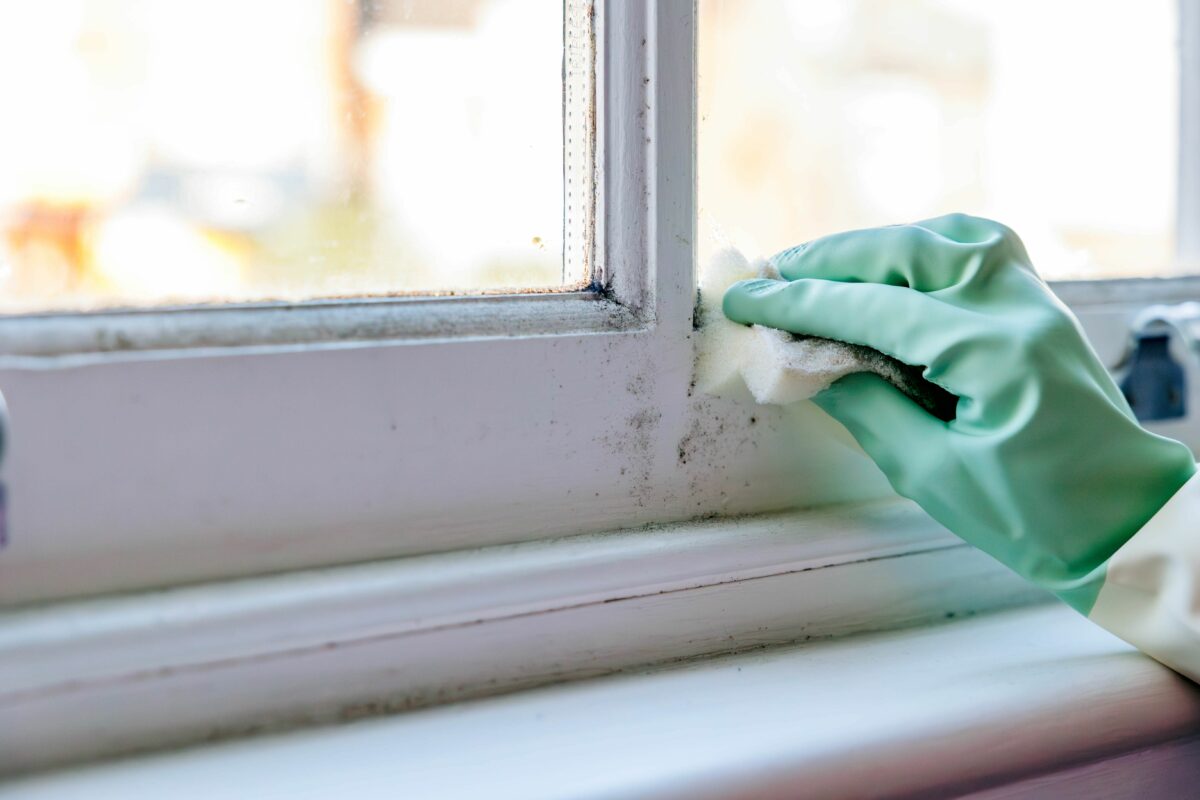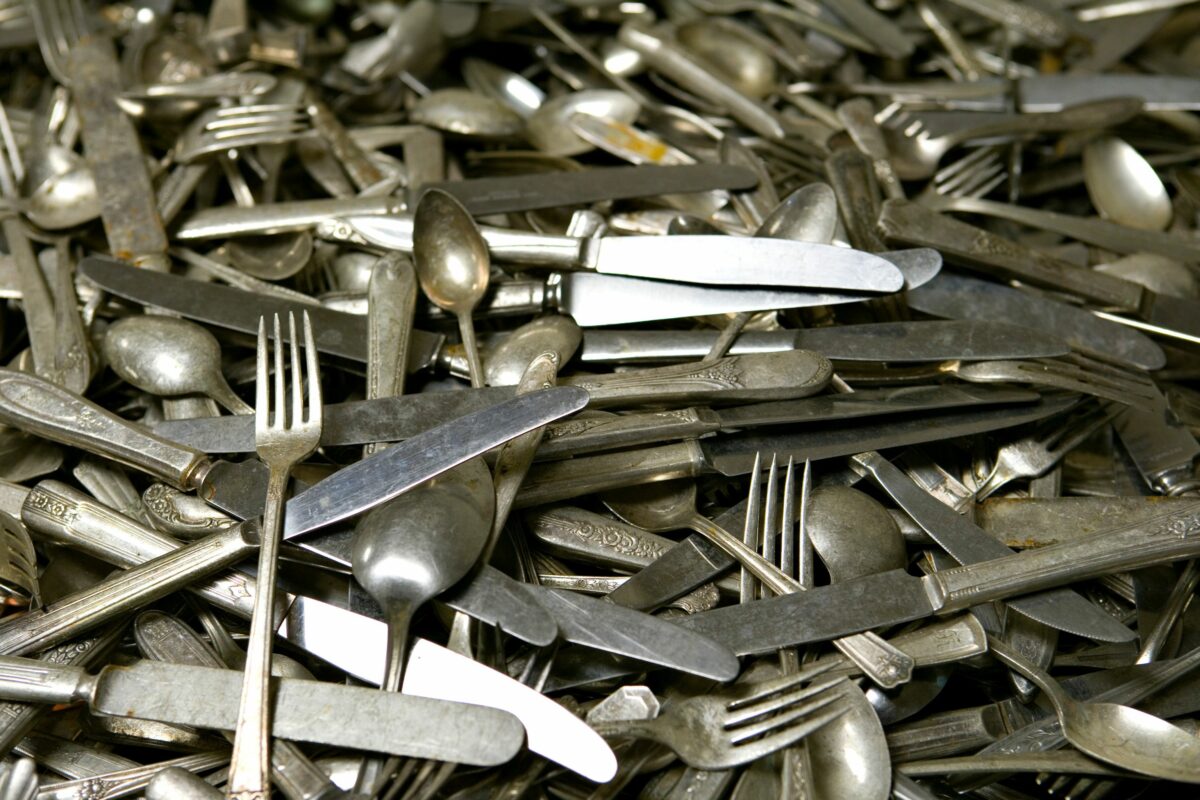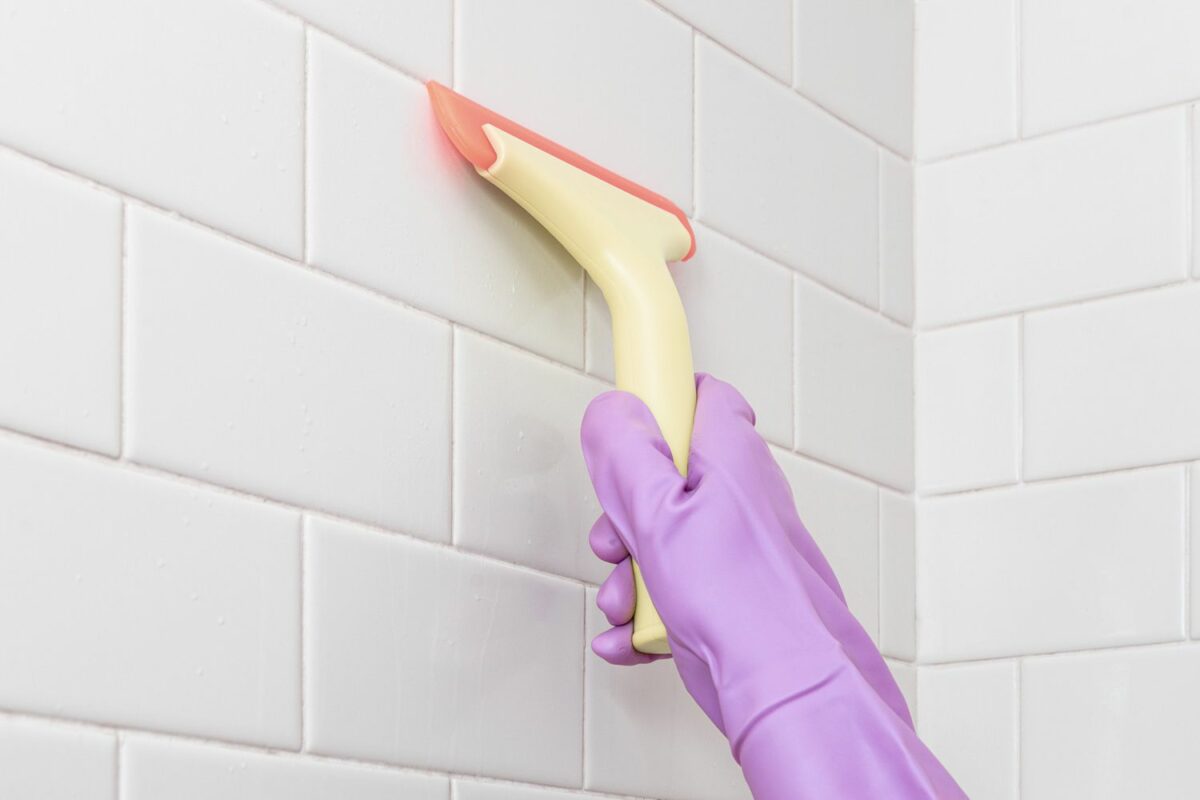Sorry to be the bearer of bad news, but those cans of gas you’ve been saving probably aren’t good anymore. That’s right—gasoline and other petroleum products have a shelf life. Beyond poor performance, using bad gas in your vehicles and lawn equipment can cause damage, depending on how old the gasoline is. Plus, it’s never a good idea to leave gasoline, which is highly flammable, lying around. Below, we explain how to get rid of old gasoline safely.
Why You Should Get Rid of Old Gas
While you might be tempted to save money and use your old gas in a pressure washer, generator, snow blower, or string trimmer, the savings aren’t worth the potential damage you can cause to the engine. Beyond causing poor performance, old gasoline resins can gum up fuel lines and carburetors, wreaking havoc on your engine’s fuel delivery system.
How Long Does Gasoline Last?
You might not expect this, but gasoline has a short shelf life. Standard gasoline is only good for three to six months. After that, the gas begins to break down. Gasoline mixed with ethanol degrades even faster than pure gasoline and may not even last three months.
Rather than filling up several gas containers to power your equipment, only get as much as you can confidently use in two months. It’s much easier to buy new gas than dispose of old gas.
Proper storage techniques and products like fuel stabilizers help you get the most life out of your gasoline. These help maintain the quality of gas that’s already been poured into a fuel tank.
How to Know if Gasoline Is Bad
Bad gasoline can be hard to differentiate from good, but there are some telltale signs you can look for.
- Age: The easiest way to know if gas is bad is to note how long you’ve had it. If it’s been sitting around for more than six months, it’s usually safe to assume it’s bad.
- Looks: Take a look at the gasoline. Normal gasoline is clean, while bad gas often has a darker, muddier appearance.
- Smell: If you’re familiar with the usual smell of gasoline, you may be able to tell when it has gone bad by simply smelling it. Bad gas often has a spoiled or sour smell.
- Engine performance: If you’re curious about the quality of the gas that’s already in your equipment’s fuel tank, pay attention to the engine’s performance. Difficulty accelerating, misfiring, shuttering, and rough idling can indicate bad gasoline. Shut the engine off and siphon the old gasoline out of the tank before causing any damage.
If any of the above descriptions match the state of your gasoline, play it safe and dispose of it appropriately. If your gas is a few months old but shows no other signs of age, it may still be usable. When in doubt, use a quality fuel stabilizer to prevent damage to your equipment.
How to Get Rid of Old Gasoline
There are several ways to dispose of old gasoline. Check your local options to see which one works best for you.
Waste Disposal Services
Check your local area for businesses specializing in hazardous waste disposal. Call ahead to ensure they accept gasoline before taking it to save yourself a trip. While you’re on the phone, check the price of gasoline disposal, as it can vary from business to business.
Hazardous Waste Collection Events
Many communities organize hazardous waste collection and removal events periodically. These events encourage community members to dispose of hazardous materials like gasoline, oil, chemicals, and more, which can be difficult to dispose of and pose a safety risk if not handled correctly.
Fire Department
Some fire departments accept old gasoline. Check with your local department before taking your gasoline to the fire station.
Auto Shops
Many auto shops dispose of old gasoline and oil. Depending on the state of the gasoline and its level of contaminants, they may even recycle it. Call around to local auto shops to find one that accepts old gas.
Local Guidelines for Gasoline Disposal
The process of getting rid of old gasoline is relatively similar no matter where you live. However, the safety guidelines for disposing of gasoline can vary slightly from city to city, so default to your local guidelines when necessary.
Many local governments have programs in place for free hazardous waste disposal, so doing your due diligence beforehand can save money.
Gasoline Disposal Safety Tips
Gasoline is extremely dangerous if mishandled. Here are some tips for handling and disposing of gasoline safely.
- Use an approved container. Gas, whether good or bad, should only be transported in an approved container intended for gasoline. Make sure the can is sealed to prevent spills and splashing.
- Never place gas inside your car. Gas shouldn’t be in the passenger area of a vehicle. For safe transport, place gas containers in the open air, such as a truck bed or trailer. When in doubt, check local laws and regulations.
- Secure the gas container. Even a sealed gas container won’t withstand being slung around the bed of a truck. Use straps or bungee cords to secure the gas container to the side of the truck or trailer.
- Avoid excess heat, flames, and sparks. It doesn’t take much to ignite gasoline. Even the fumes coming from the gas container can ignite. Play it safe and avoid excess heat, flames, and sparks when handling gasoline.
- Never leave gas containers in a closed vehicle. If you place gas containers inside your trunk after filling them, you should immediately remove them upon your arrival home. Never leave gas cans in a closed vehicle to avoid the buildup of gas vapors.












